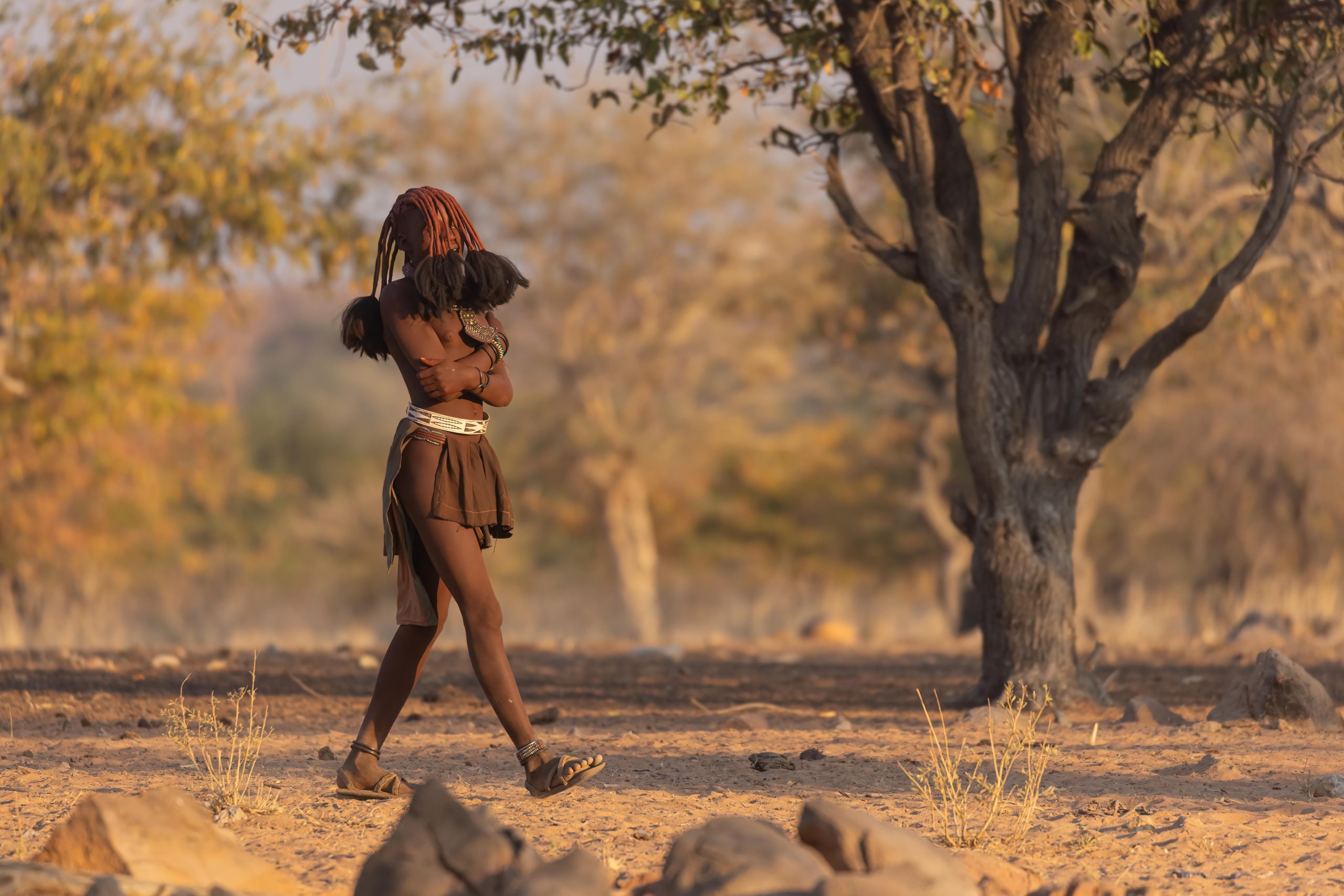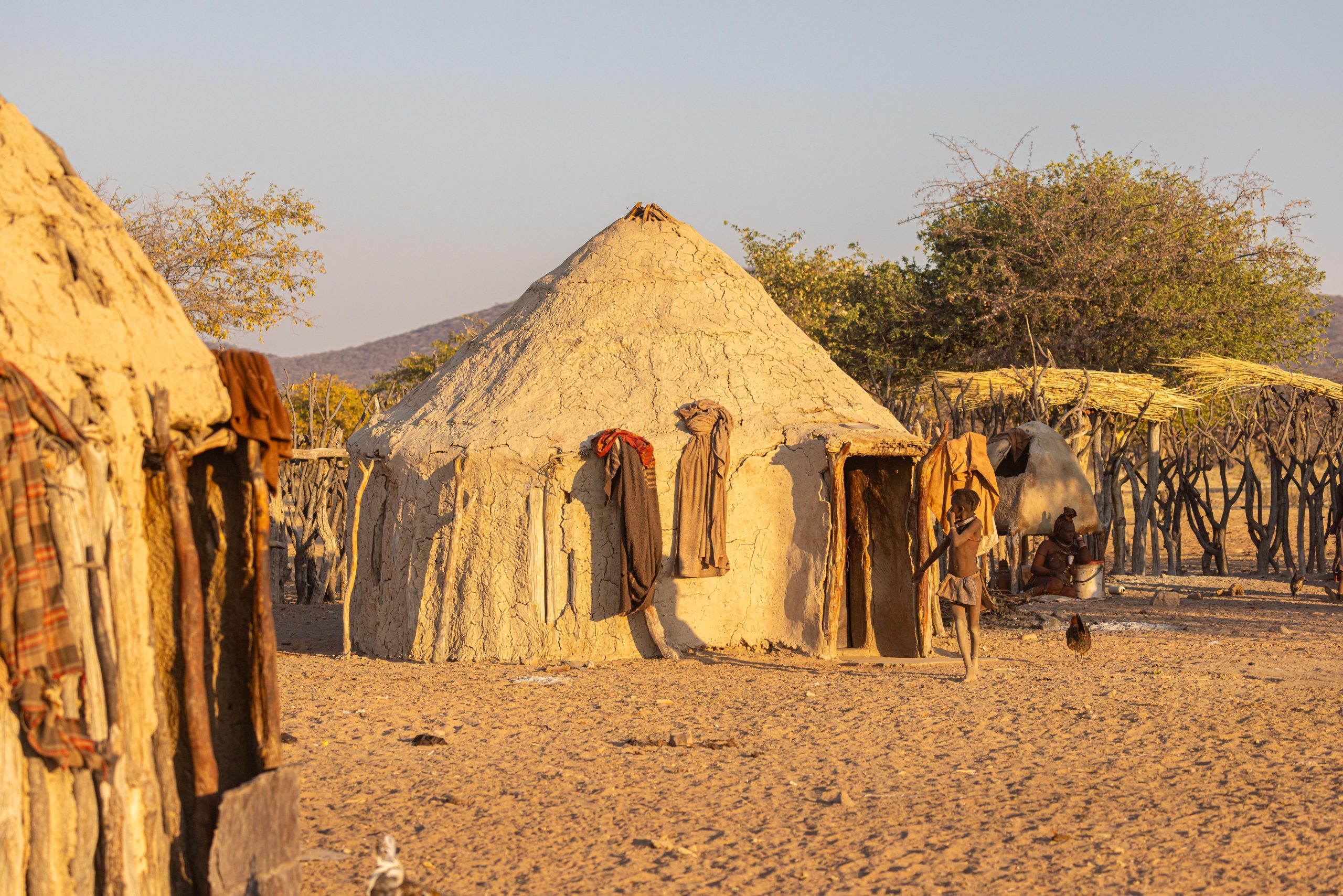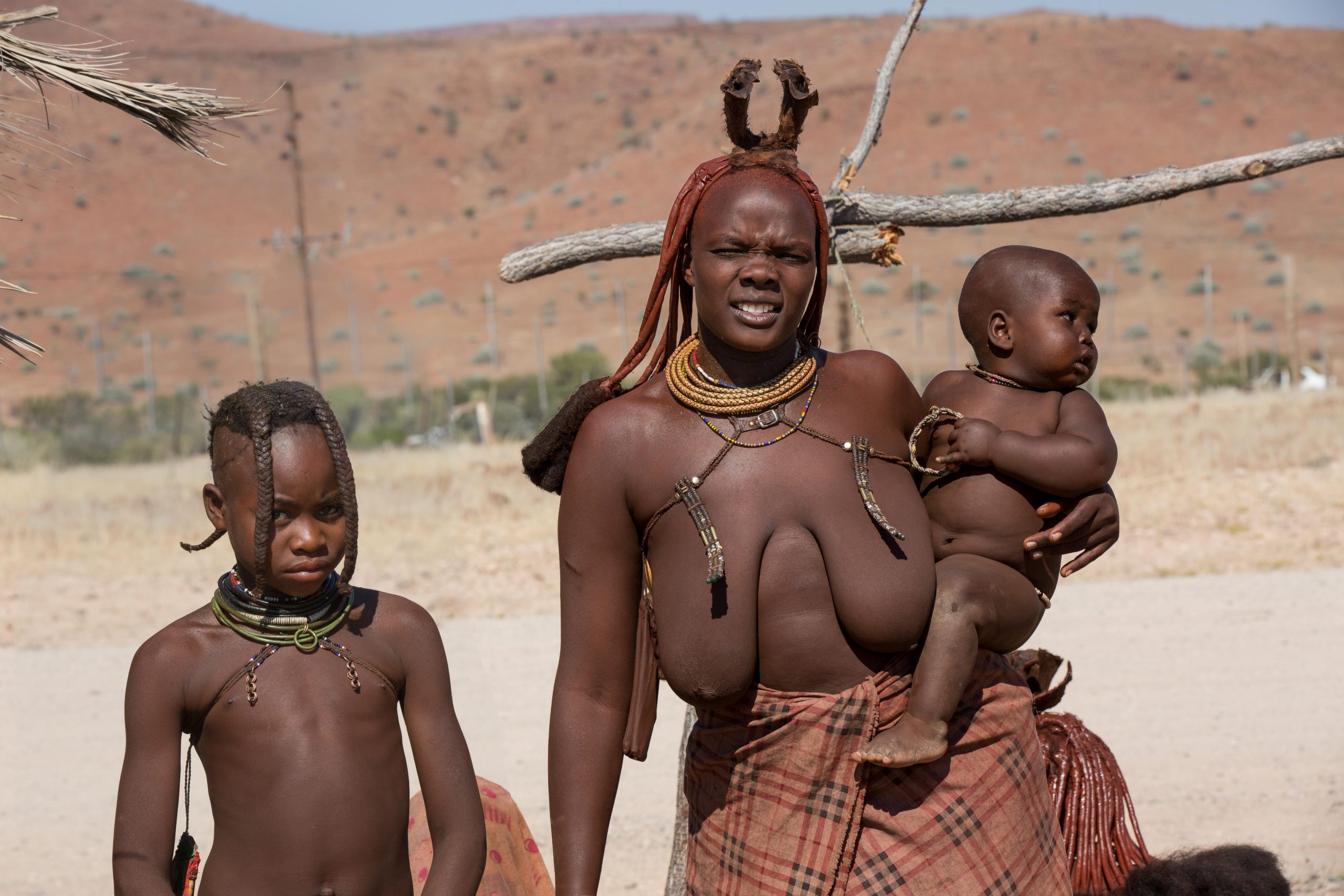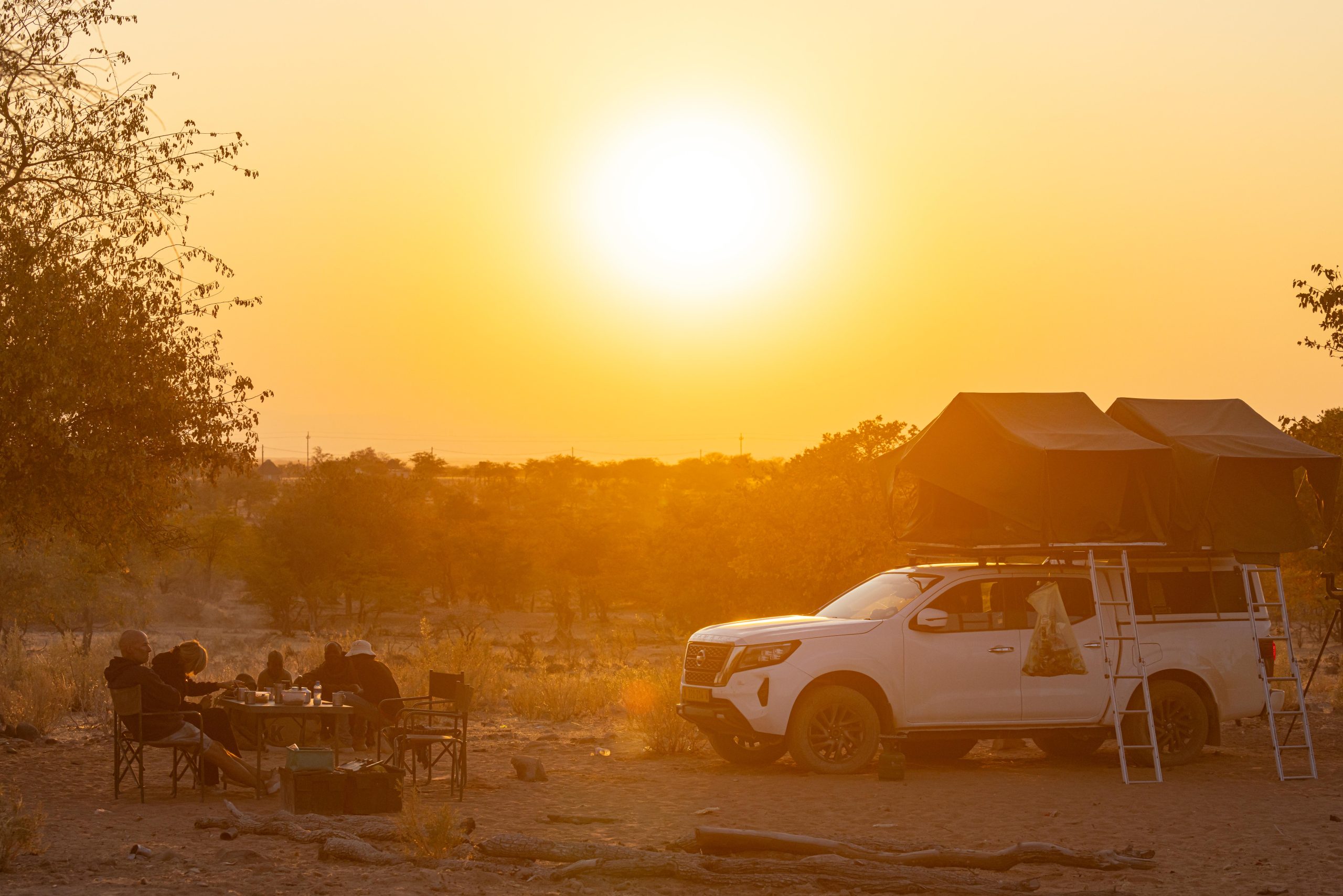
© A. IJsseldijk 2025. All rights reserved.
For use of photos please contact me.
Website by Simia Solutions





For use of photos please contact me.
Website by Simia Solutions